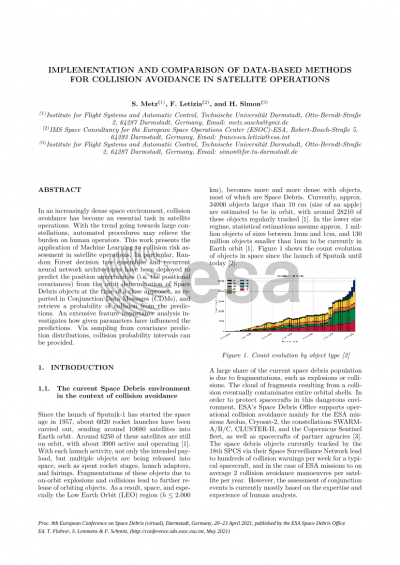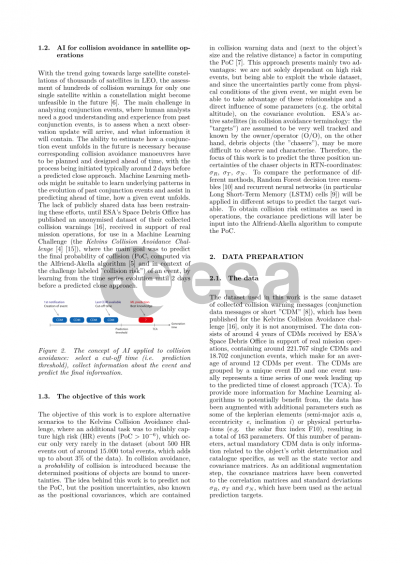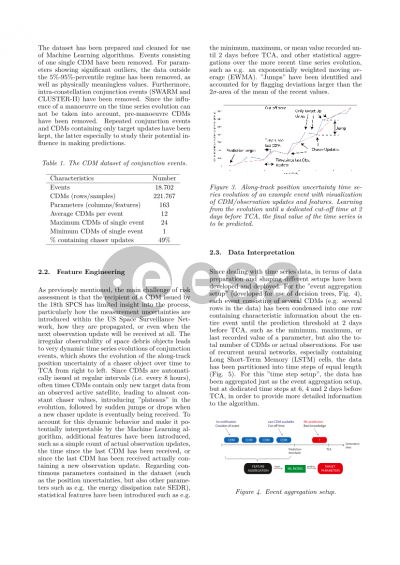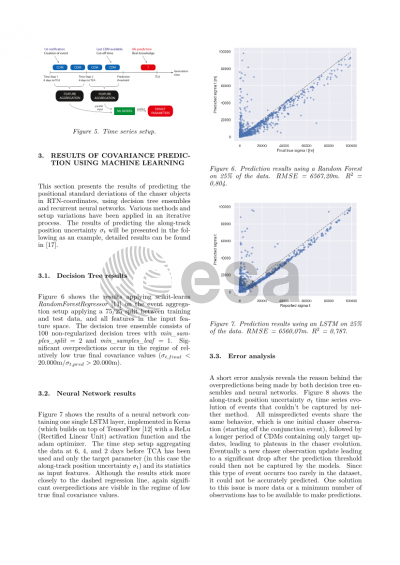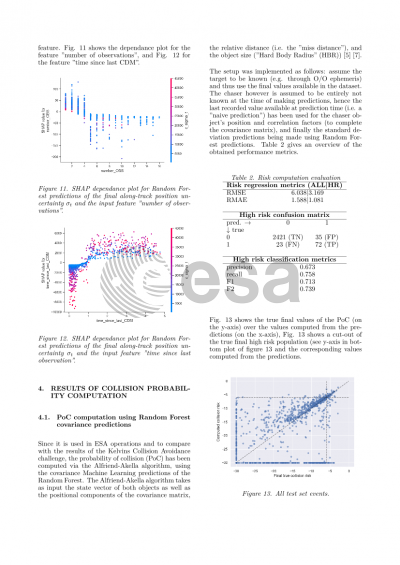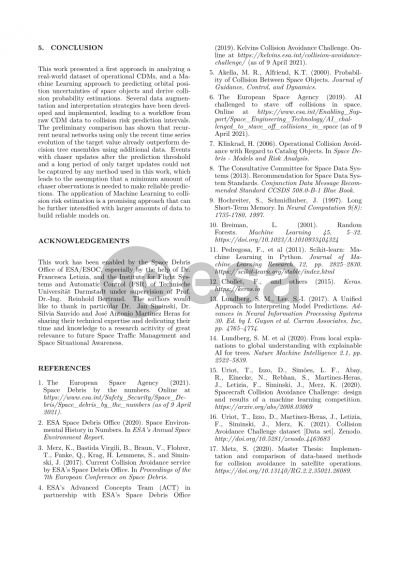Document details
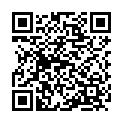
Abstract
In an increasingly dense space environment, collision avoidance has become an essential task in satellite operations. With the trend going towards large mega-constellations, automated procedures may relieve the burden on human operators. This work presents the application of Machine Learning methods to collision risk assessment in satellite operations. In particular, different algorithms have been deployed to predict the position uncertainties (i.e. the position covariance) in the orbit determination of Space Debris objects at the time of a close approach, as reported in Conjunction Data Messages (CDMs), and retrieve a risk of collision from the predictions.
The paper will first present a descriptive and exploratory analysis of a dataset of CDMs collected and provided by the European Space Agency’s Space Debris Office, for the first time giving insight into the characteristics of past conjunction events.
Following the data analysis, the steps in interpreting the data and the preparation for model-building will be presented. After the data cleaning and preparation, the development of metaparameters characterising the dataset and enhancing interpretability and predictive performance will be presented. Given that the dataset comes in the form of tabular time series data, different ways of shaping the data for interpretation with Machine Learning algorithms will be explored.
In the central part, the results of predicting the position uncertainties applying different Machine Learning algorithms such as Decision Tree ensembles (RandomForest and Gradient Boosting) and Neural Networks (Multi-Layer Perceptrons (MLP) and Long Short-Term Memory (LSTM) cells) will be presented. Exploiting the capabilities of Decision Tree ensembles, several quantile methods will be explored to report relevant statistical quantities and thus assess the uncertainty of the predictions and provide prediction intervals. Following the results, a Feature Importance analysis using “Shapley additive explanations” (SHAP) gives insight into the impact of input features on the prediction results and shows the value of “explainable AI” methods to the process.
Finally, the results of deriving a figure from the covariance predictions indicating the risk of collision as used in ESA operations will be presented. Going even further, collision risk uncertainty intervals can be provided as results of sampling from the covariance prediction intervals established earlier in the process. In conclusion, the impact of prediction errors on the final collision risk computation will be analysed and discussed.
Preview
